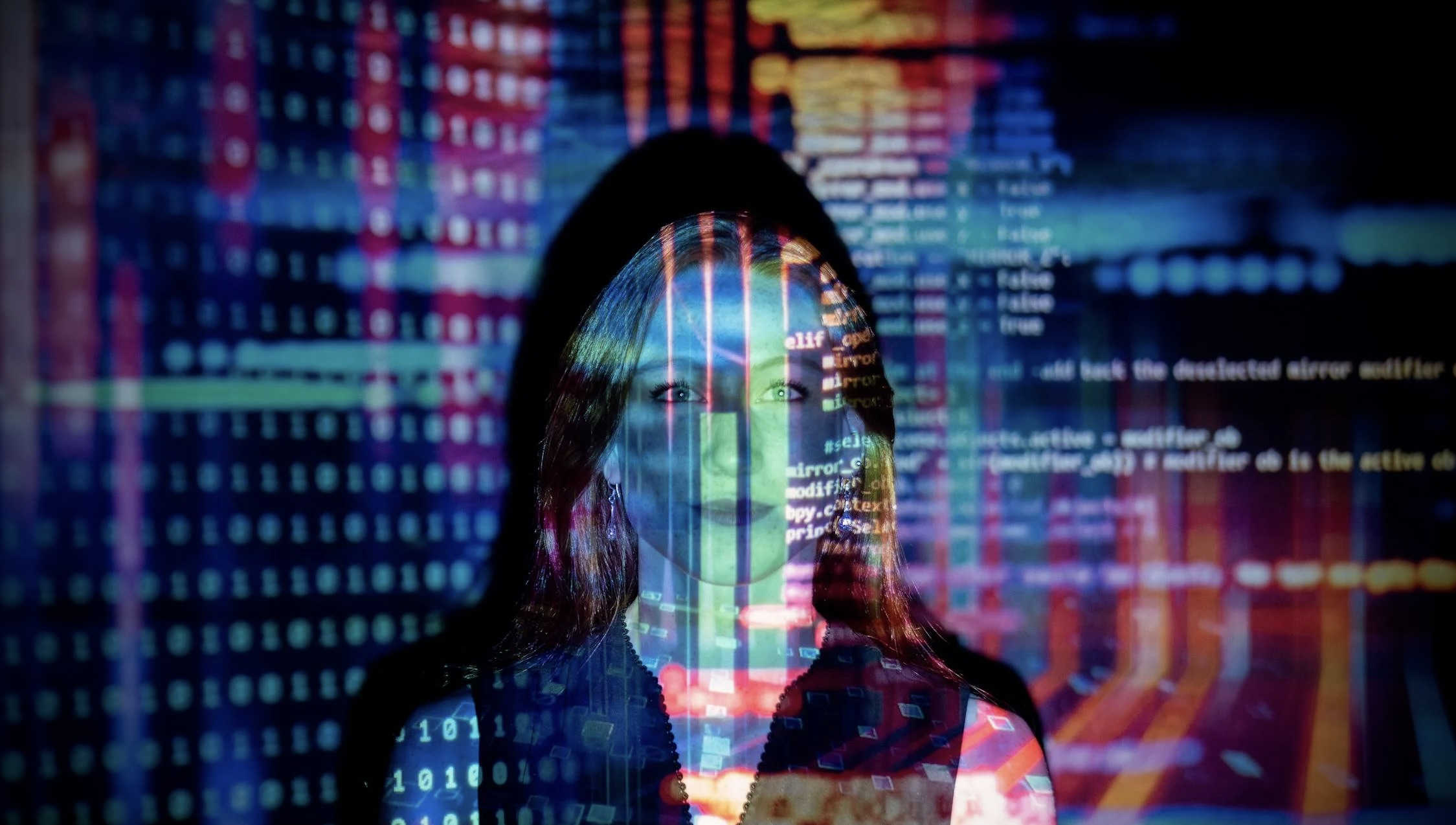Artificial Intelligence and Human Creativity are Two Powerful Forces in the Field of Video Production

While AI technologies are advancing rapidly and can automate many processes, human creativity remains a crucial element in crafting unique and compelling videos. This essay will explore the role of AI and human creativity in video production, discussing their strengths, limitations, and the potential impact of their interaction on the industry.
Artificial Intelligence has revolutionized the video production industry in recent years, offering powerful tools for automating tasks, enhancing production efficiency, and improving the overall quality of videos. AI technologies such as machine learning, deep learning, and computer vision have the ability to analyze vast amounts of data, generate insights, and make intelligent decisions in real-time. These capabilities have enabled AI to perform various tasks in video production, such as video editing, color correction, motion tracking, and even scriptwriting.
One of the key strengths of AI in video production is its ability to streamline workflows and increase productivity. AI-powered tools can automate repetitive tasks, saving time and resources for video production teams. For example, AI algorithms can analyze video footage, identify key scenes, and suggest edits to create a coherent narrative. This automation not only accelerates the editing process but also improves the overall quality of the video by minimizing human errors.
Moreover, AI can also enhance the visual quality of videos through advanced image processing techniques. For instance, AI can analyze the color profile of a video and automatically adjust settings to enhance brightness, contrast, and saturation. AI-driven technologies like deep learning can even generate realistic visual effects, simulate complex animations, and seamlessly integrate CGI elements into live-action footage. These capabilities have opened up new creative possibilities for video producers, allowing them to experiment with innovative visual styles and storytelling techniques.
Despite its numerous advantages, AI also has its limitations, particularly when it comes to replicating human creativity and emotional intelligence. While AI can analyze data, recognize patterns, and make informed decisions, it lacks the intuitive understanding and emotional depth that humans bring to the creative process. Human creativity is rooted in emotions, experiences, and cultural influences that are unique to each individual, giving rise to diverse perspectives, innovative ideas, and authentic storytelling.
Human creativity is a multifaceted and subjective phenomenon that involves imagination, intuition, and aesthetic sensibility. In the context of video production, human creators bring a wealth of skills, talents, and insights to the table, including scriptwriting, cinematography, acting, directing, and editing. These creative professionals draw inspiration from their surroundings, memories, and personal beliefs to craft videos that resonate with audiences on a deep emotional level.
Furthermore, human creativity is characterized by its adaptability, flexibility, and ability to incorporate feedback and iterate on ideas. Unlike AI, which operates based on predefined algorithms and datasets, human creators have the capacity to think outside the box, push boundaries, and explore unconventional storytelling techniques. Human creativity thrives on experimentation, collaboration, and continuous learning, evolving over time to adapt to changing trends and audience preferences.
The interaction between AI and human creativity in video production has the potential to catalyze innovation, foster collaboration, and unlock new possibilities for storytelling. By harnessing the complementary strengths of AI and human creators, video production teams can leverage AI technologies to automate routine tasks, enhance production efficiency, and free up time for creative experimentation. AI can assist human creators in generating insights, optimizing workflows, and improving the technical quality of videos, allowing them to focus on the more strategic aspects of storytelling and visual design.
On the other hand, human creativity can guide AI technologies in developing more nuanced, emotionally resonant storytelling techniques that connect with audiences on a deeper level. Human creators can infuse videos with authentic emotions, personal perspectives, and cultural references that AI alone cannot replicate. By collaborating with AI tools, human creators can leverage data-driven insights to inform creative decisions, experiment with new visual styles, and reach wider audiences through personalized and engaging content.
However, the integration of AI in video production also raises ethical, social, and economic considerations that need to be carefully addressed. As AI technologies become more sophisticated and pervasive in the industry, there is a risk of job displacement, algorithmic bias, and loss of creative autonomy. Video production teams need to strike a balance between leveraging AI technologies for efficiency gains and preserving the human touch in storytelling, ensuring that videos maintain a sense of authenticity, emotional depth, and cultural relevance.
The relationship between AI and human creativity in video production is complex, multifaceted, and dynamic. While AI technologies offer powerful tools for automating tasks, enhancing production quality, and exploring new creative possibilities, human creativity remains irreplaceable in its ability to infuse videos with emotions, authenticity, and cultural relevance. By embracing the unique strengths of both AI and human creators, video production teams can strike a balance between automation and creative expression, fostering innovation, collaboration, and engaging storytelling in the digital era.


